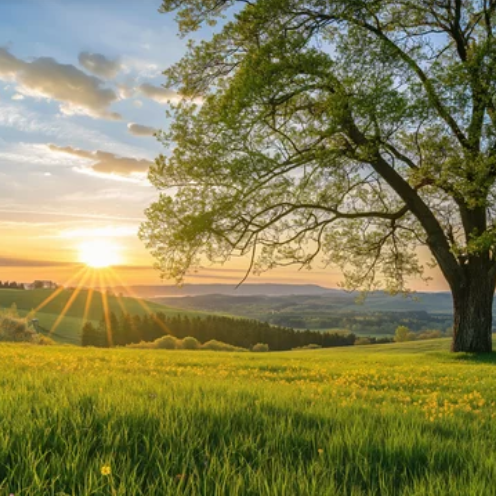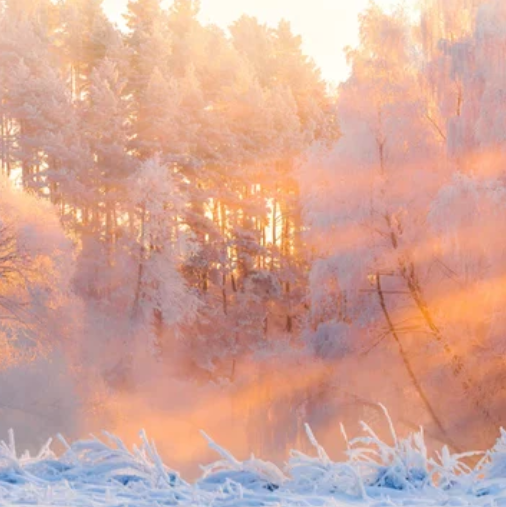DET Parlez de la photo 5 - Modèle et stratégies pour répondre aux questions de type paysages naturels
DÉTSpeak About the Photo 5 -Modèle et Stratégieoui pour Answering NaturelLpaysagesTapez des Questions
Welcome back to the Speak About the Photo - Template series! In Série 4, nous avons exploré des exemples de questions et de stratégies pour les scènes de rue et l'architecture. Dans ce blog, nous allons approfondir les stratégies et les exemples de questions pour les questions de type paysages naturels.
|
Speak About the Photo |
Pportraits depeople |
|
Art |
|
|
Sscènes de rue et architecture |
|
|
Npaysages naturels |
|
|
Events et rassemblements |
|
|
Flora et faune |
|
|
Food |
|
|
Jeobjets d'intérieur |
Stratégies pourArépondreNaturelLpaysagesTypeQuestions: Six-StepMméthode
Nous avons résumé six étapes pour les méthodes de résolution de problèmes liées aux paysages naturels, et nous allons analyser ces étapes en utilisant l'image suivante comme exemple.

1.Commencez par l'impression générale : Commencez par une description générale de la scène, y compris l'heure, le temps et l'ambiance qu'elle dégage.
Example: “This picture shows an expansive meadow under a soft haze, where sunlight streams down from above, creating a dazzling glow.”
2. Décrivez les éléments principaux : Identifier les éléments clés de l'image, tels que les montagnes, les forêts, les rivières ou les champs, et utiliser des adjectifs pour décrire leur taille, forme et couleur.
Example: “In the distance, we see rolling mountains cloaked in a thin mist, while in the foreground stands a large, twisted tree with lush, green leaves.”
3.Concentrez-vous sur les détails : Mettez en avant des détails spécifiques qui rendent la scène unique ou intéressante. Cela peut inclure des plantes inhabituelles, des animaux ou des formations naturelles.
Exemple : “The meadow is dotted with bright yellow flowers, gently swaying in the breeze, which adds a vibrant touch to the serene landscape.”
4. Utilisez un langage sensoriel : Décrivez les expériences sensorielles possibles en détaillant l'apparence, les sons, les odeurs ou les sensations tactiles de la scène.
Example: “You can almost feel the warmth of the sun on your skin and hear the soft rustling of leaves as the gentle wind passes through the tree branches.”
5.Créer une atmosphère : Utilisez un vocabulaire qui transmet des émotions ou des humeurs pour exprimer les sentiments ou l'atmosphère évoqués par l'image.
Example: “The overall feeling of this scene is one of tranquility and beauty, evoking a sense of peace and relaxation for the viewer.”
6. Utilisez des comparaisons et des métaphores : Améliorez la description en comparant les éléments de l'image à d'autres objets, en utilisant des similitudes ou des métaphores.
Example: “The clouds are like delicate cotton puffs drifting in the sky, while the sun is a radiant orb illuminating the landscape with its warm embrace.”
Exemple de réponse: This picture shows an expansive meadow under a soft haze, where sunlight streams down from above, creating a dazzling glow. In the distance, we see rolling mountains cloaked in a thin mist, while in the foreground stands a large, twisted tree with lush, green leaves. The meadow is dotted with bright yellow flowers, gently swaying in the breeze, which adds a vibrant touch to the serene landscape. You can almost feel the warmth of the sun on your skin and hear the soft rustling of leaves as the gentle wind passes through the tree branches. The overall feeling of this scene is one of tranquility and beauty, evoking a sense of peace and relaxation for the viewer. The clouds are like delicate cotton puffs drifting in the sky, while the sun is a radiant orb illuminating the landscape with its warm embrace.
LeAréponseTmodèle pourNaturelLetpaysages Questions
Note spéciale: Dans les phrases modèles, il y aura deux couleurs de texte. Le noir représente des phrases fixes, tandis que le bleu indique des phrases flexibles.
1. The picture captures a [adjective] [natural feature or landscape], with [element 1] and [element 2], creating a [adjective] visual spectacle.
2. The [nature or outdoor view] in the photo is characterized by its [adjective][flora or fauna], such as [specific plant or animal], which [effects on the environment or ecosystem].
3.In the image, the [nature or outdoor view] offers a [adjective] perspective of the [specific location or region], with [geographical feature 1] and [geographical feature 2], which [effect on the viewer].
4.The [nature or outdoor view] in the photo is set against a [adjective] [sky or atmospheric condition], with [feature or effect 1] and [feature or effect 2], creating a [adjective] ambiance.

Exemple de Réponse: The photo captures a breathtaking winter landscape, with snow-covered forests and golden sunlight filtering through the trees, creating a mystical visual spectacle. The outdoor view is characterized by its tranquil atmosphere, with thick layers of snow that reflect the sunlight, enhancing the serene environment. As the sun rises, it casts a warm glow, illuminating certain areas with soft pinkish hues that add depth to the scene's beauty. In the image, the winter scene offers a captivating perspective of the stillness of nature, as the interplay of light and shadow creates a beautiful ambiance that invites contemplation. This enchanting moment, where the chill of winter meets the warmth of dawn, evokes a sense of peace and wonder, making it a truly awe-inspiring sight. The combination of crisp air and gentle sunlight creates a magical atmosphere, reminding viewers of nature's ability to inspire and soothe the soul.
Lectures supplémentaires:
l DÉTParlez de la photo 1 -Template et Stratégieies pour Arépondre Pportraits dePeople Type Questions
l DETParler de la photo 2 -Modèle et Stratégies pour Arépondre Questions sur le type de transport
l DÉTParlez de la photo 3 -Modèle et Stratégieies pour Aréponse ArtTypez des questions






